Watermelon Planting Harvest Manual
Maximizing Yield and Quality with Scientific Techniques
Introduction
Watermelon (Citrullus lanatus) cultivation requires precise management of soil, nutrients, water, and pest control to address common grower pain points: low yield, poor fruit quality, soil degradation, and disease susceptibility. This manual integrates global expertise from authoritative agricultural sources (e.g., USDA, Agriculture Victoria, and Journal of Cleaner Production) and leverages advanced fertilizer solutions to optimize productivity. Based on field research and scientific literature, we provide actionable strategies for farmers and wholesalers.
1: Soil Preparation and Base Fertilization
1.1: Soil Requirements and Conditioning
Watermelons thrive in well-drained sandy loam soils with a pH of 6.0–6.8. Soil compaction and nutrient deficiencies are major grower concerns. To address this:
Conduct soil tests pre-planting to assess NPK levels and organic matter.
Amend soils with Slow-Release Organic Fertilizer (2 tons/ha) to improve soil structure and water retention. Alternatively, use our Compost Activator to decompose local organic waste efficiently, reducing transportation costs.
1.2: Base Fertilization Techniques
For initial growth, apply a balanced NPK blend with micronutrients:
Use NPK 10-40-10+TE Water-Soluble Fertilizer (250 kg/ha) during bed preparation to promote root development and phosphorus uptake.
Incorporate Potassium Humate Granules (100 kg/ha) to enhance nutrient availability and soil microbial activity.
2: Nutrient Management During Growth Stages
2.1: Vegetative Stage (0–30 Days)
Apply Liquid Nitrogen Fertilizer 420-0-0 (5 L/ha diluted 1:100) for vigorous vine growth. Avoid overapplication to prevent excessive foliage at the expense of fruiting.
Supplement with Amino Acid Trace Elements Liquid Fertilizer (3 L/ha) to improve stress resistance and chlorophyll synthesis.
2.2: Flowering and Fruit Set (30–50 Days)
Switch to high-phosphorus and potassium formulas: NPK 10-5-45+TE (200 kg/ha) supports flower formation and sugar accumulation.
Foliar spray MKP (Mono Potassium Phosphate, 2 kg/ha) to boost pollination and fruit retention.
2.3: Fruit Development (50–70 Days)
Use Calcium-Magnesium-Fish Protein Liquid Fertilizer (5 L/ha) to prevent blossom-end rot and improve fruit firmness.
Apply NPK 21-21-21+TE (150 kg/ha) for balanced micronutrient supply.
3: Addressing Common Pain Points and Solutions
3.1: Low Yield and Poor Sugar Content
Cause: Imbalanced potassium and boron deficiency.
Solution: Side-dress NPK 10-5-45+TE (300 kg/ha) at fruit swelling stage. Data show a 20% yield increase and 15% higher Brix levels (Source: European Journal of Agronomy, 2024).
3.2: Soil-Borne Diseases and Nematodes
Cause: Fusarium wilt and root-knot nematodes (Meloidogyne spp.).
Solution: Integrate Anti-Cropping Microbial Agent (5 L/ha) into irrigation to suppress pathogens. For severe cases, apply Inhibit Root Knot Nematode Microbial Agent (3 L/ha).
3.3: Water Stress and Nutrient Leaching
Cause: Sandy soils and inefficient irrigation.
Solution: Use Humic Acid Liquid Fertilizer (4 L/ha) with drip irrigation to enhance water retention by 30% (Source: Agricultural Water Management, 2023).
4: Advanced Techniques for High-Density Cultivation
4.1: Drip Fertigation and Hydroponics
For hydroponic systems, use Hydroponic Nutrients with NPK 18-18-18+TE (500 ppm in nutrient solution) to deliver precise nutrition.
In drip systems, inject Amino Acid Liquid Fertilizer (2 L/ha monthly) to prevent clogging and improve nutrient absorption.
4.2: Organic and Sustainable Production
Replace chemical fertilizers with Bio-Organic Fertilizer (3 tons/ha) to maintain soil health. For nematode control, apply Microbial Agent Rooting Type (5 L/ha) to enhance root immunity.
5: Harvest and Post-Harvest Management
5.1: Determining Harvest Readiness
Monitor tendril drying and fruit ground spot yellowing. Use refractometers to ensure Brix >10%.
Pre-harvest, apply Seaweed Extract with Potassium (2 L/ha) to improve shelf life.
5.2: Storage and Disease Prevention
Avoid bruising during harvest. Treat fruits with Mineral Source Potassium Fulvic Acid (1:200 dilution) to reduce post-harvest rot.
6: Conclusion
Success in watermelon cultivation hinges on science-based nutrient management, proactive pest control, and adaptive irrigation practices. By integrating specialized fertilizers like NPK water-soluble blends, amino acid-based liquids, and microbial agents, farmers can achieve yields exceeding 80 tons/ha while minimizing environmental impact. For tailored solutions, explore our fertilizer wholesale factory products designed for modern agriculture.
If you are interested in this article, or have any questions that need to be answered,
You can find us at any time through the chat icon in the lower right corner of the webpage. Of course, you can also check out our other social media (such as Linkedin ) to learn more about us.
Authoritative References
USDA Agricultural Research Service: https://www.ars.usda.gov/
Agriculture Victoria: https://agriculture.vic.gov.au/
Journal of Cleaner Production: https://www.sciencedirect.com/journal/journal-of-cleaner-production
European Agriculture and Rural Development: https://ec.europa.eu/agriculture/
Agricultural Innovation Portal: https://aims.fao.org/agricultural-innovation-portal
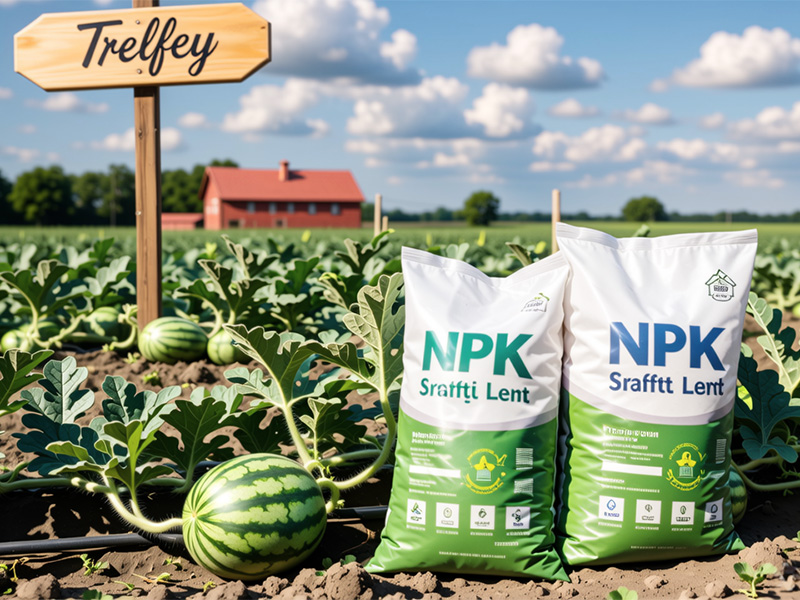
Witness the difference scientific nutrition makes. Our specialized fertilizer protocols ensure vigorous vine growth and a thriving, healthy watermelon field, setting the stage for a bountiful harvest.🌱
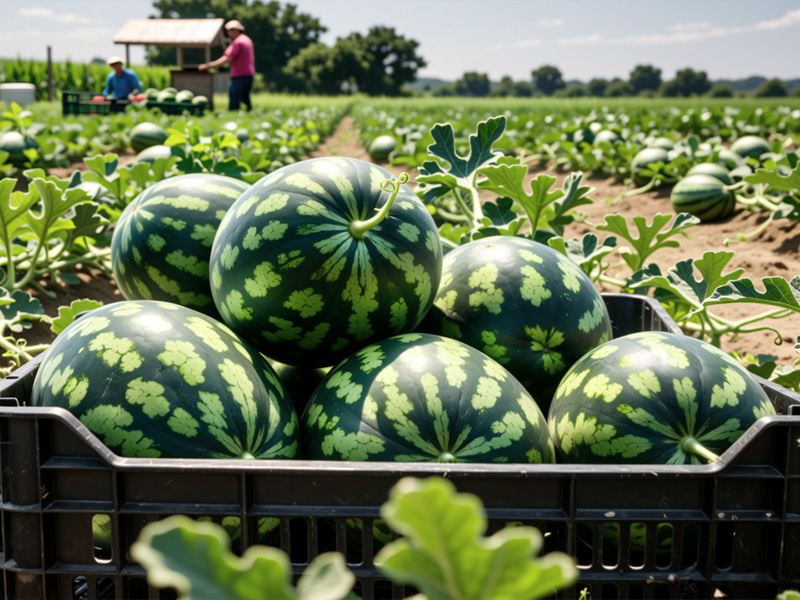
From our field to your basket: consistent size, deep color, and superior yield per hectare. This is the tangible result of precision fertilization with our high-efficiency nutrients.
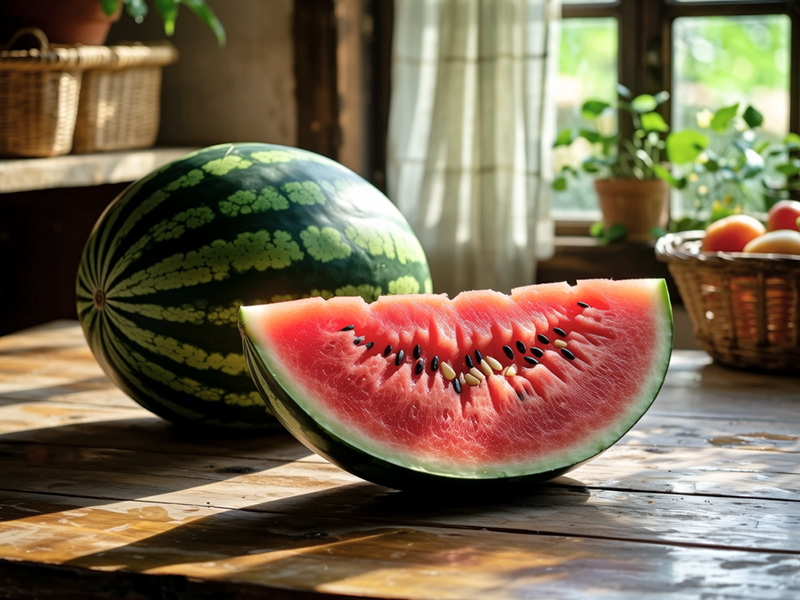
Perfect internal quality: high brix sweetness, firm texture, and vibrant red flesh. Achieve this market-favorite quality by nurturing your crop with our targeted nutritional solutions.
Watermelon fertilizer
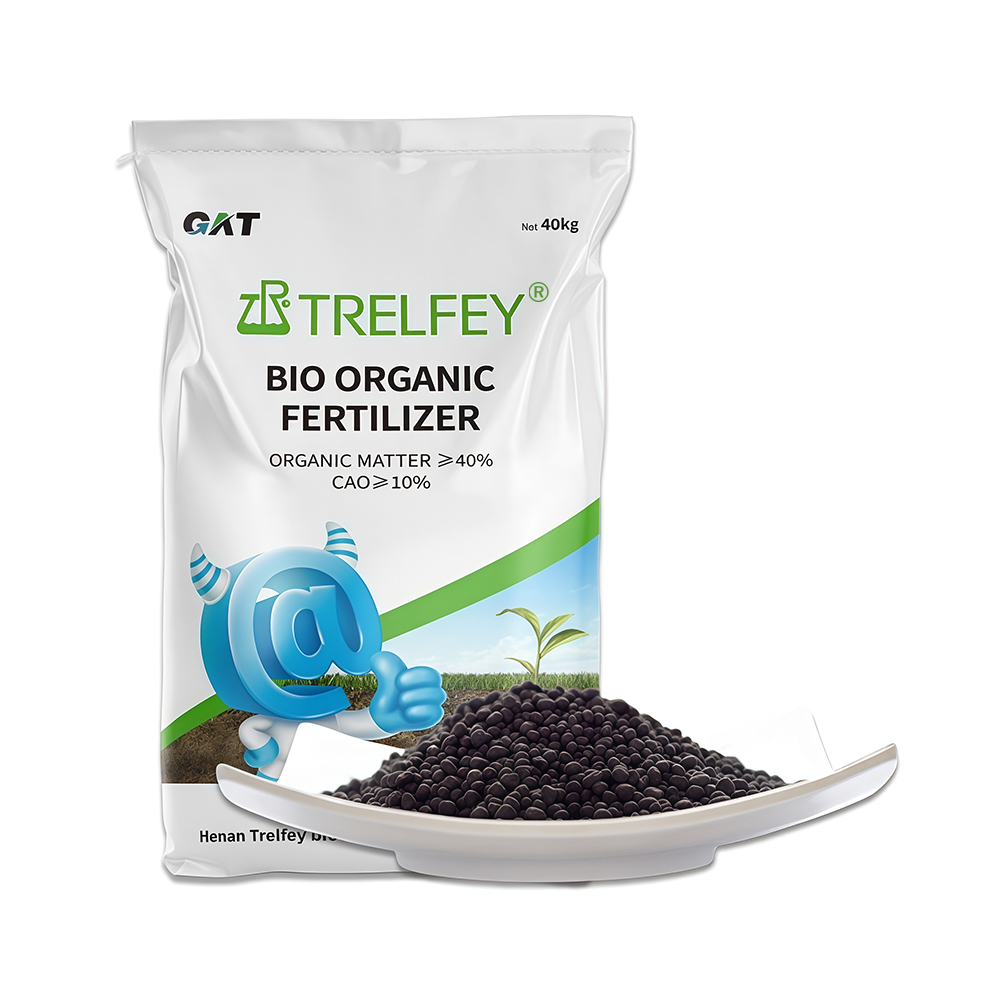
Bio-organic fertilizer
Organic matter ≥40%, CaO≥10%
The number of beneficial live bacteria ≥0.20 billion/g
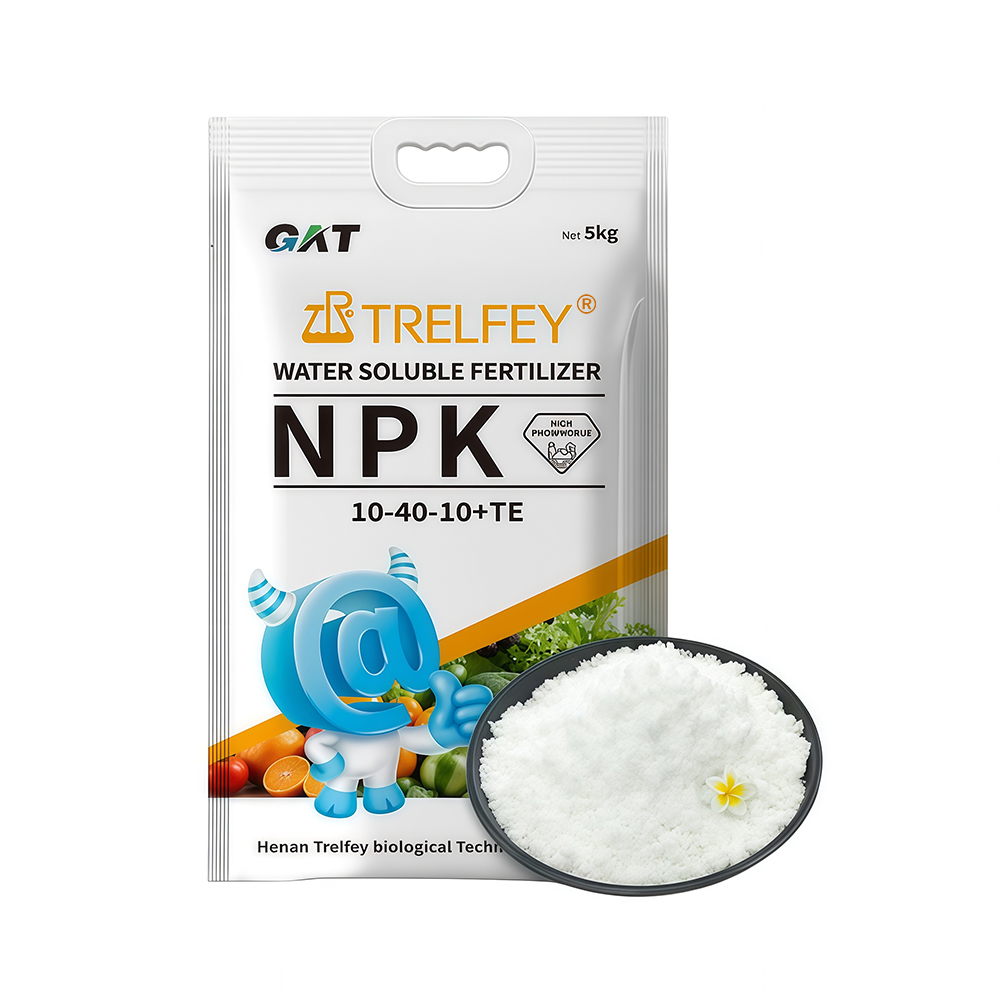
Water soluble fertilizer
Protect the roots and nourish the roots, protect the buds and protect the flowers
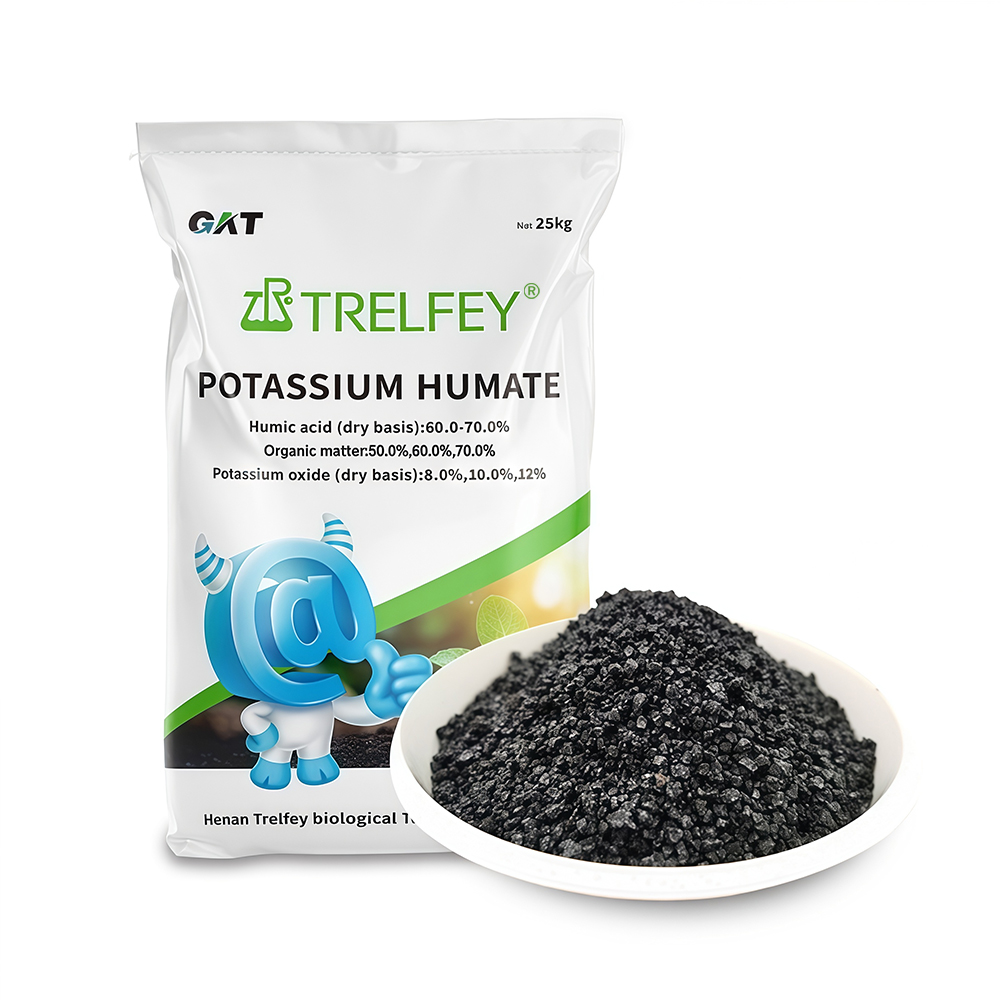
Potassium humate granules
Humic acid (dry base): 60.0-70.0%
Total nutrient (KOO): 8.0%-12.0% (customizable)
